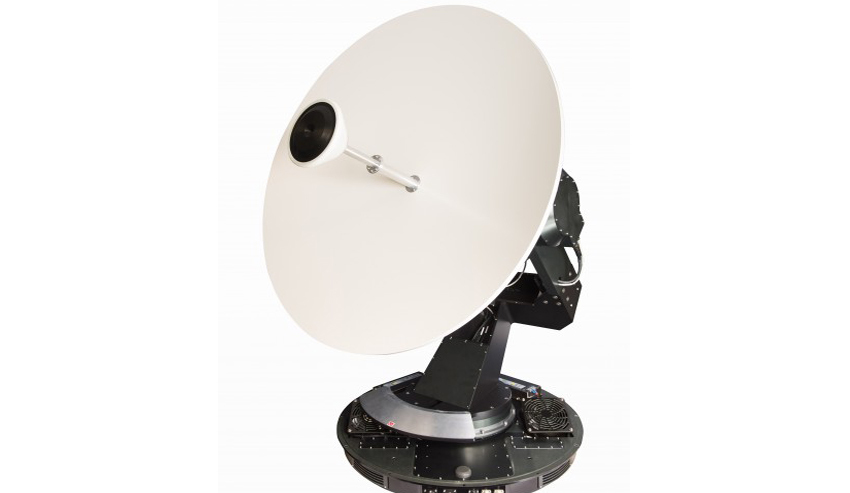Less than six months after the first prototype terminal underwent initial sea trials, a Queensland-based SME’s satcom solution has been delivered and installed on two Australian Navy Cape Class Vessels that are now in service.
To continue reading the rest of this article, please log in.
Create free account to get unlimited news articles and more!
EM Solutions' Cobra X/Ka tri-band Maritime Terminal has been installed on the Cape Fourcroy and Cape Inscription vessels, providing assured communications for the Australian Navy.
The Cobra X/Ka tri-band terminal supports four connected modems, enables simultaneous communication at X and Ka bands, provides services on both military and commercial Ka band satellites and is in the final stages of certification for the WGS and Inmarsat GX networks.
EM Solutions said this flexibility in service provision and the unique monopulse tracking technology used by EM Solutions, which maximises the ability of the terminal to maintain satellite lock under the most extreme conditions, is a significant step forward in meeting customer expectations of assured broadband communications at sea.
“Cobra is world-leading innovative technology that is fully designed, manufactured and supported in Australia," said EM Solutions chief executive Rowan Gilmore.
"Initially seeded under a CTD [Capability and Technology Demonstrator] program, we commend Navy on taking the next step in sponsoring WGS certification and commercially deploying this product on their Cape Class Vessels.
"EM Solutions is expanding its production capability for its satellite-on-the-move terminals to support increased demand across both the land and maritime sectors with a specific focus on interoperability and assuredness for both government and military applications."
Defence Connect recently spoke with Gary Shmith, EM Solutions global director of sales, who explained how their products can access multiple satellites across multiple frequency bands, helping their customers maximise network availability under the most severe operating conditions whether on land or sea.
"Most people think of satellite communication as being from a fixed earth station, pointing up to a satellite in stationary orbit," Shmith said.
"Satcom-on-the-move means you put that earth station on to a moving platform whether it be a ship or a vehicle. Satcom-on-the-move is used extensively in the maritime industry on both commercial and defence vessels and we are specifically focused today as an SME in Australia on manufacturing systems for navy and government vessels like border force."
The company is hopeful its solutions will be selected as part of the $3 billion Offshore Patrol Vessels project, which is currently in its tender process and is still fighting for the opportunity to supply land-based systems to the ADF, having recently been successful in supply of these products to a major European army.

 Login
Login







